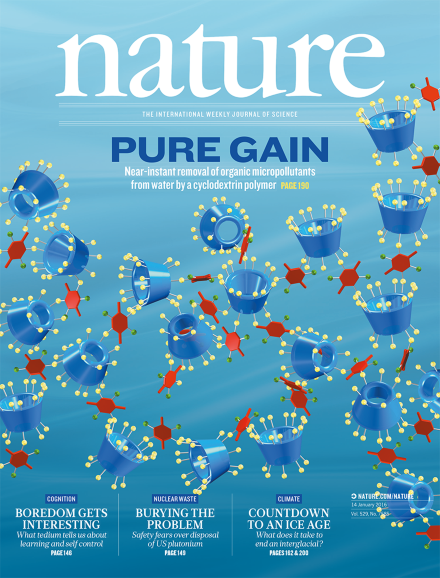Volume 529 Issue 7585, 14 January 2016
Editorial
World View
Research Highlights
Social Selection
Seven Days
News
Correction
News Feature
Comment
Books & Arts
Correspondence
News & Views
Article
Letter
Feature
-
Fieldwork: Extreme research
Career Guide:

